Environmental justice IS community building. They go hand in hand. And when we include all people and perspectives, we bring creativity and learning to our practice and world.
~Our Changing Planet teacher
At 22, our first US Youth Poet Laureate, Amanda Gorman, has given us wisdom to live by: We don’t burst into a new world; we begin it (May 4, 2020). As we face an uncertain future amid rapid global social, economic, and ecological changes, we feel the urgency to equip our students and teachers with the ideas, knowledge, and tools to better meet these challenges. Thus, a deep dive into recognizing, studying, and observing local ecosystems is imperative. Taking this deep learning into the realm of solutions requires an integrative learning approach, one that relies on thinking and strategizing creatively in order to solve problems flexibly, imagine, and envision. We want to share the story of one solution underway in the Alameda Unified School District, taking an integrated approach to teaching and learning that weaves social justice, environmental literacy, and the arts together to come up with creative strategies.
The island of Alameda, California, is home to one of the most socioeconomic and culturally diverse communities in the Bay Area. The Alameda community faces the challenge of being one of the first land areas in the Bay Area to struggle with sea level rise as a result of climate change (City of Alameda, 2019). In response to this urgency, last September we launched Our Changing Planet (OCP), a district-wide project of Alameda Unified School District for teacher professional development in environmental literacy, justice, and creativity. This year-long professional development program takes an integrated learning approach to understanding the changing environment, and points our youth, teachers, and their communities toward the movement that Gorman meant when she said, “We begin it.”
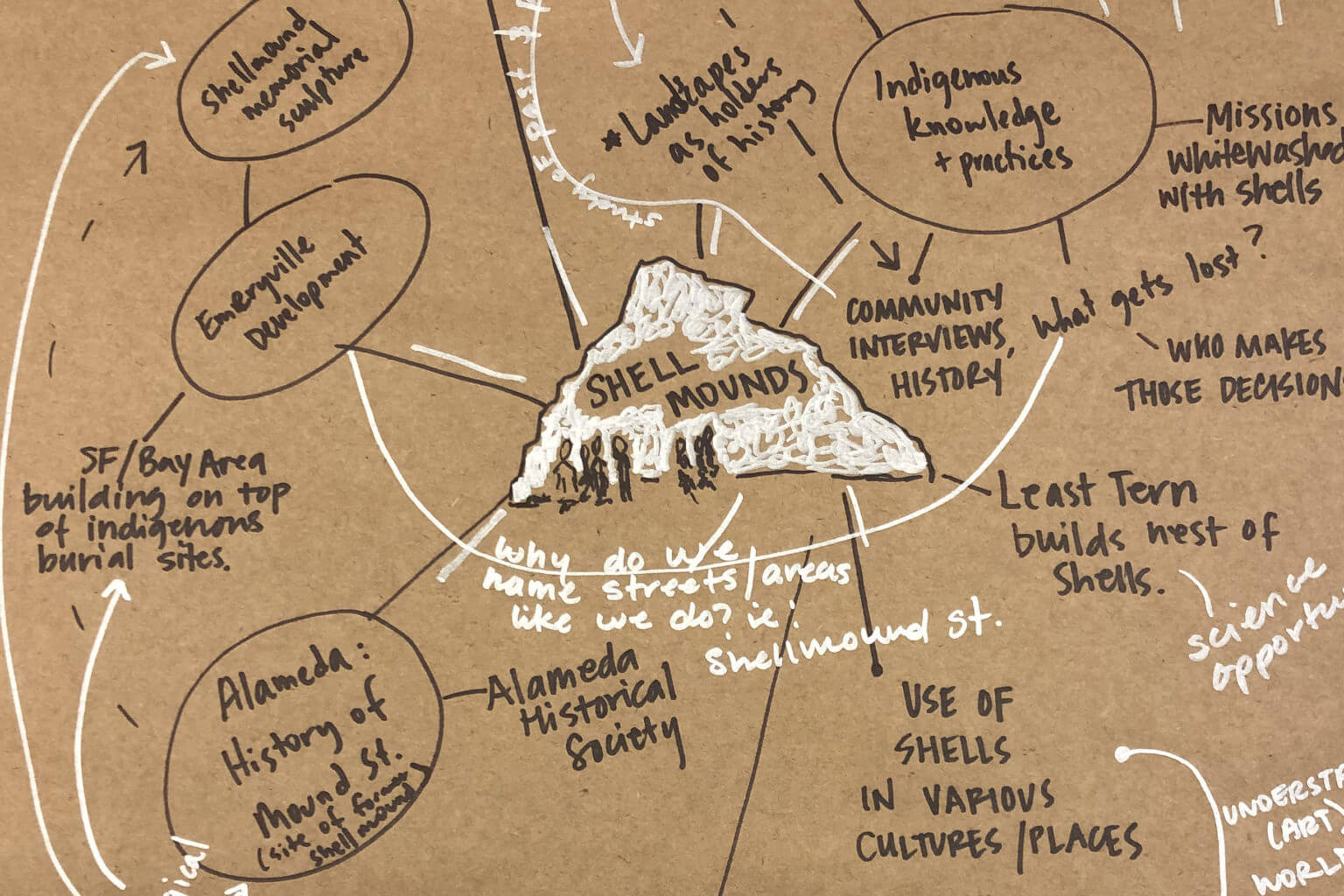
What is the integrated learning model used in OCP?
What has shifted for me is seeing integrated learning as more about the connections students make in one curricula area to another; the use of similar practices, methods, and strategies; and the questions from students that arise from this type of learning.
~Our Changing Planet teacher
Throughout the 2019–2020 school year, teachers from across the district attended monthly OCP professional development sessions, where they learned from the thinking and actions of environmentalists, scientists, artists, designers, and community activists who are developing more sustainable relationships between people and their environments. Through participating in arts and science experiences that were integrated into the community and connected to current events, OCP teachers began to adapt these actions and experiences into their teaching practices. They gained a deeper understanding of how creative disciplines facilitate student engagement across curricular areas by using an integrated arts and science lens to provide multiple strategies for students to make their learning and ideas visible and actionable. With the arts and the environment at the center of their learning, students make deeper connections to the curriculum and learn to value their own thinking, supporting the development of an inquiry-based lens on the world. Integrated learning models help students become the creative change-makers and solutionaries that our communities need to survive and thrive in this new world.
Our Changing Planet uses three key practices as its integrative backbone.
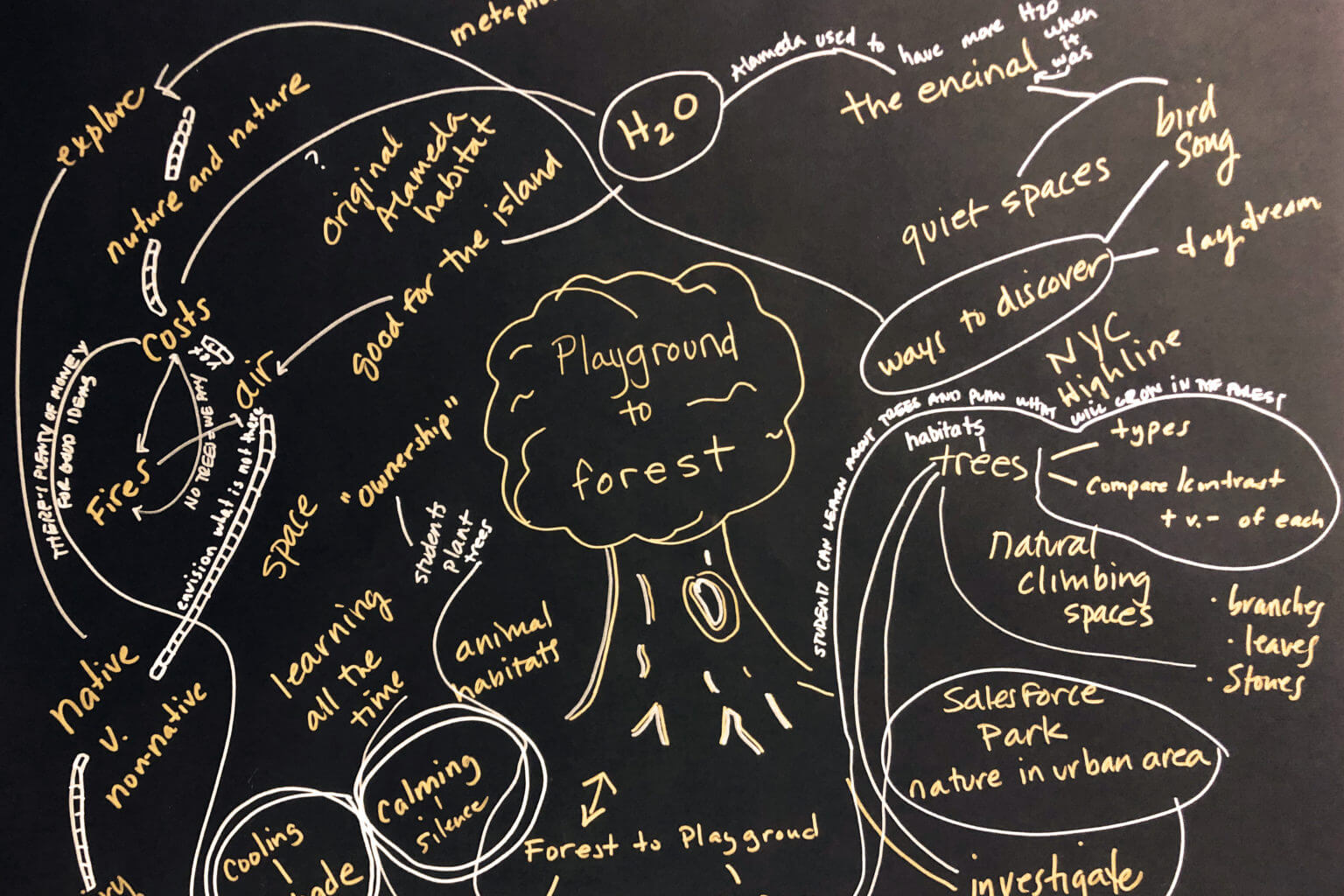
Creativity and the arts
The creative practices of imagination, curiosity, student-led inquiry, and creative expression allow for open pathways and multiple ways for students to explore and talk about their learning. Making is deeply intellectual. We are able to create new stories for understanding the world when we transfer our thinking into new languages. The languages of creative practice have a structure but not one that is predetermined, so students have to come up with a way to translate their ideas into this new structure in order to sense and make meaning. This process is rigorous and takes deep academic thinking. To tell your story you really have to understand how to compose things through a creative lens. We believe this might be one of the most important practices for students to develop in order to be the creative designers of a better future. Creative processes should be at the core of every learning experience.
Intersectionality
We cannot think about a community without considering the environment or space in which we live. We cannot think about the environment without considering the people who are there (or were there or will be there). Our Changing Planet has helped me begin to widen my thinking around the intersections of people and places.
~Our Changing Planet teacher
The environment is made up of natural systems at the intersections of culture(s), peoples, and places seen from multiple perspectives and disciplines. Our Changing Planet helps teachers explore and understand the interrelatedness of people and place through the integrated practices of environmental justice and creative solutions. We have been inspired by the work of many practitioners who can help us create learning experiences with these lenses and who have developed frameworks for us to practice and live by and more fully support the lives of black and brown students:
- The environmental activist Leah Thomas, along with an assembled group of young, diverse activists, have given us a generative frame through environmental intersectionality.
- Zaretta Hammond has given us the frame of culturally responsive teaching and the brain.
- Bettina L. Love has given us the frame of abolitionist teaching and the pursuit of educational freedom.
Applying these frames to experiencing environmental practices, getting curious, and applying creative solutions supports our teachers and students in taking action.
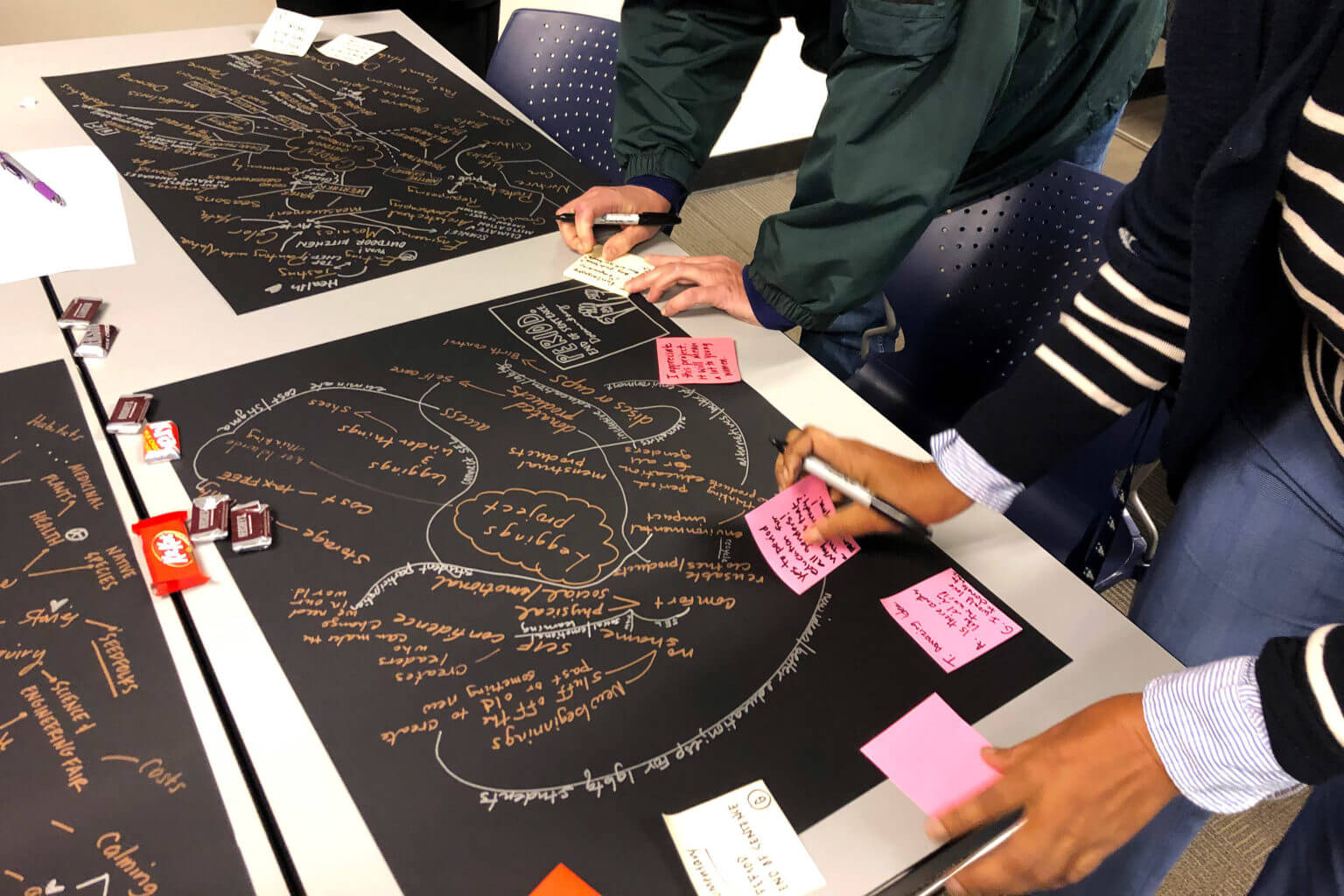
Building understanding
I feel confident in bringing awareness to my community, acting locally and nationally to bring change, and, above all, helping my students find their voice and inspiration for change.
~Our Changing Planet teacher
Participatory practices, collaboration, collective thinking, and shared hands-on, minds-on learning is foundational. Understanding takes time, and learning needs to happen with loose and long examinations of our world. This is one of the focal learning strategies we are moving teachers toward with Our Changing Planet—learning as a long process and not something to be delivered and measured in incremental units. By creating flexible learning environments, teachers make space for students’ inquiry to take hold. OCP teachers have started to understand how their role around understanding our changing environment is not just a teaching moment, but a moment of participation and equity that puts students’ local knowledge (what they bring to the table), curiosity (the questions they want to dig into), and imagination (their problem solving skills and ability to envision solutions) at the center of learning.
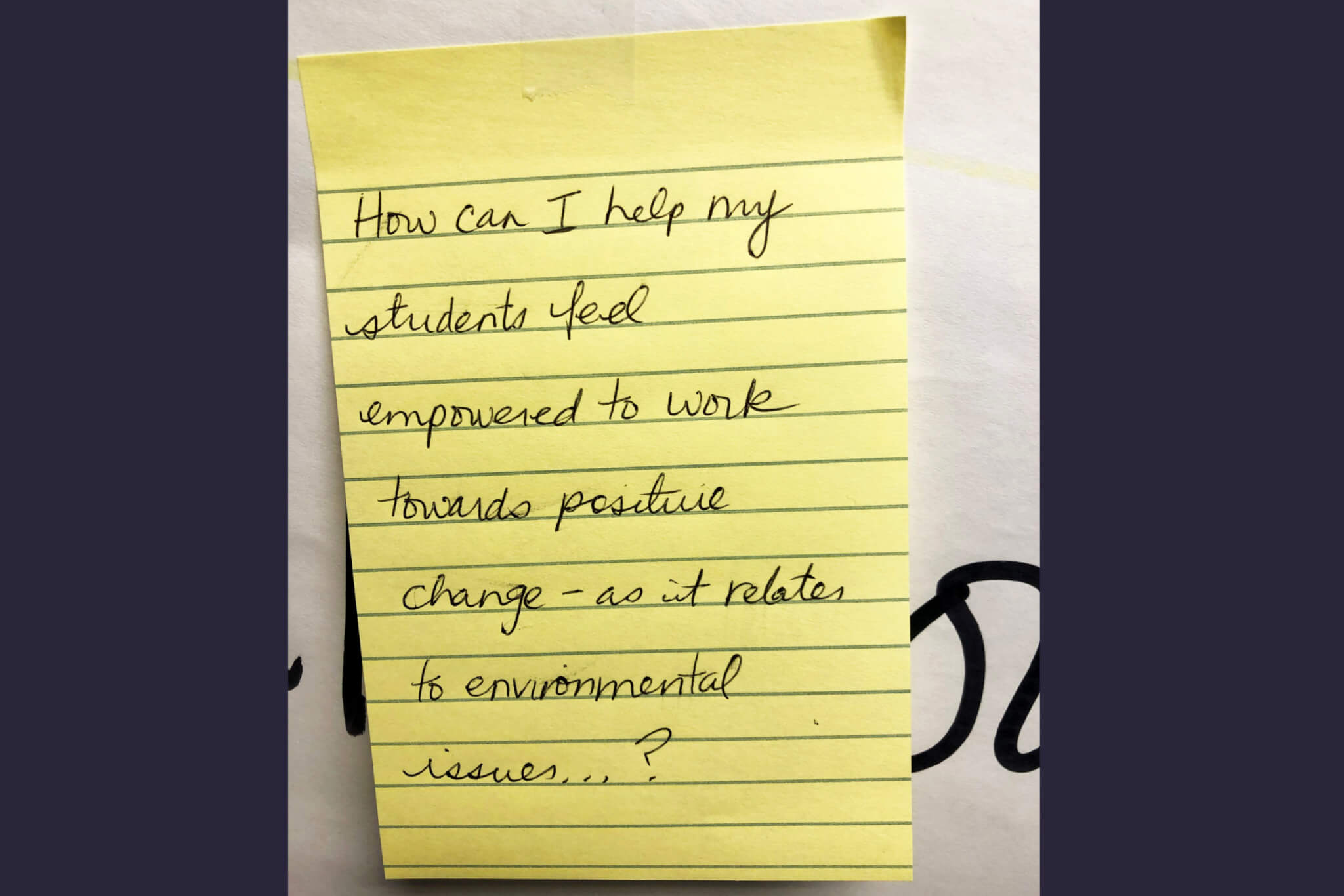
What we learned, where we landed
I was able to come to an understanding of the environment as a critical piece of our community rather than another thing to teach students about.
~Our Changing Planet teacher
Our Changing Planet has created natural leadership in teachers who choose courage over comfort. After our first year, teachers have a greater sense of advocacy for themselves as teachers and for their students and the role they play collectively as advocates in their communities.
Our Changing Planet is building a district-wide community of practice in which teachers learn from one another across schools, disciplines, and grade levels. Our teachers now understand that people are a part of the environment: caring for people is caring for the environment. You can’t fully care for the environment without caring for the people who live there and, importantly, acknowledging the histories of the people who have cared for the land. OCP teachers see how social justice movements must be integrated into environmental learning in order to empower students whose voices have not been heard.
When we turn learning over to students, their curiosity and inquiry create pathways of engagement. We have learned that this work is important even with the youngest students. Kids know what is happening in their world. They can handle what we think of as tough topics, and their ideas can be the seeds for change and new thinking. Their imagination and wild brainstorms bring us hope. The arts help students to transform environmental learning into creative actions in their communities. This is liberatory learning.
Trena Noval and Constance Moore would like to acknowledge their partners in this work who have greatly contributed to this project: Lindsey Shepard, Indi McCasey, and Terri Elkin.

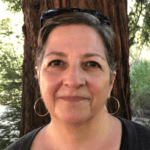
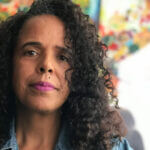
9 Responses
Thank you Ten Strands for lifting up the work of Trena, Constance and Bay Area educators implementing engaging and creative learning experiences that prepare all students to continue to solve problems and discover solutions for our future!
Wonderful, inspiring work.
Thank you Trena, Constance and team for inspiring teachers to include social justice and action in their work.
Thank you Team OCP for envisioning the integration of social justice, the environment and the places our students call home. When we deepen educators understanding of integrated learning we expand learning and opportunity for all students.
There can be nothing more important nor more powerful for our children and our future at this time, than an integrated approach to education that centers the environment at the core of its framework. So excited to learn more and to support it across Alameda!
The experiences, tools, and practices I am developing by participating in the OCP professional development are helping me to meet the many challenges of distance learning. When I start to feel overwhelmed, I fall back on the lessons and practices that were modeled with us. Using the OCP lens is grounding and reminds me about what is essential and foundational in all I teach.
Amazing, critical work. This is how we ignite personal and community change and make education transformational (not transactional). Blessed that my kids will be co creators in this!
This was a very well written article. As a science educator, I would have appreciated specific examples of cross-curricular educational learning that have worked well.
Truly revolutionary pedagogy, centered in place and in community. Thank you for this work. We need more of it.